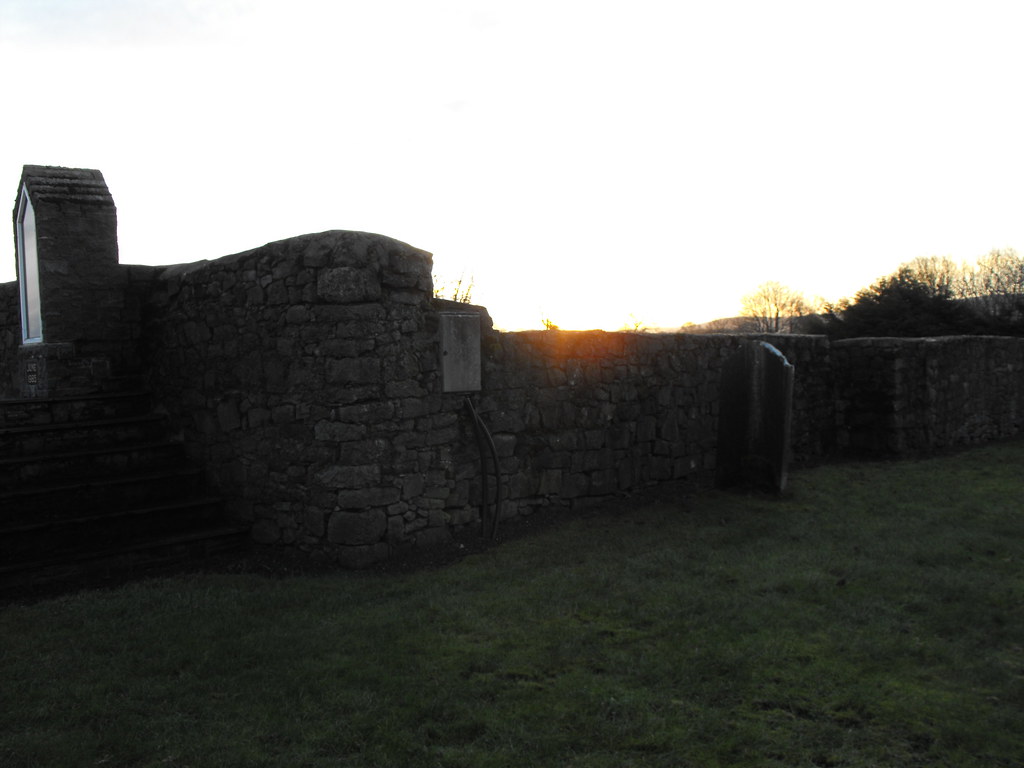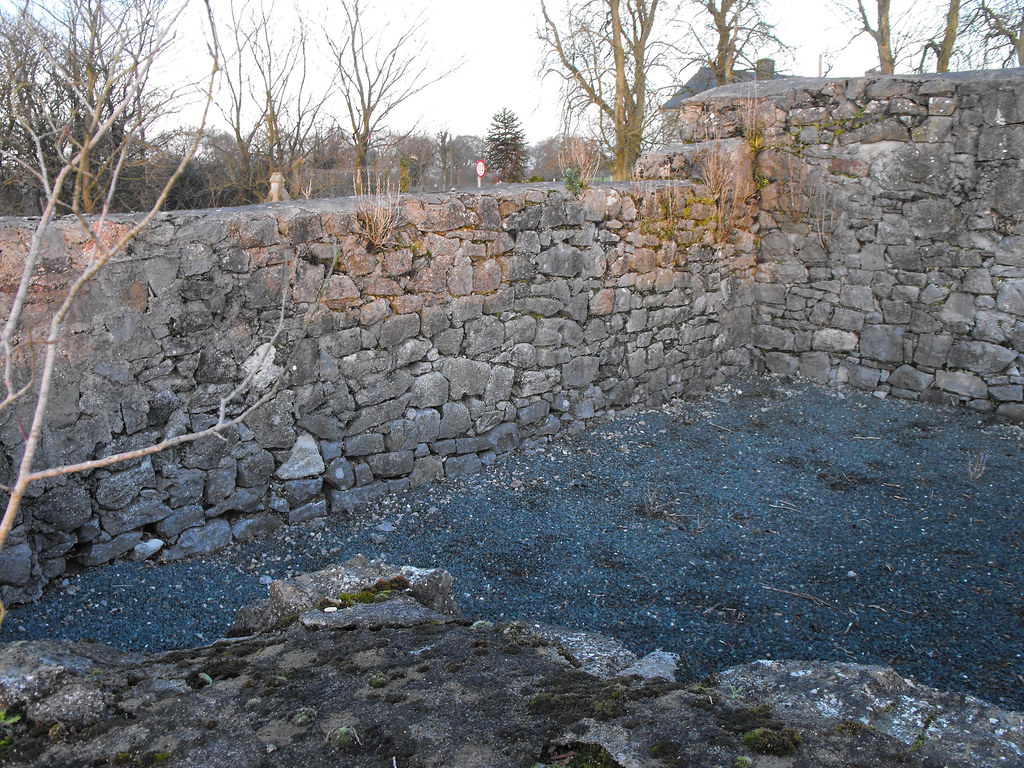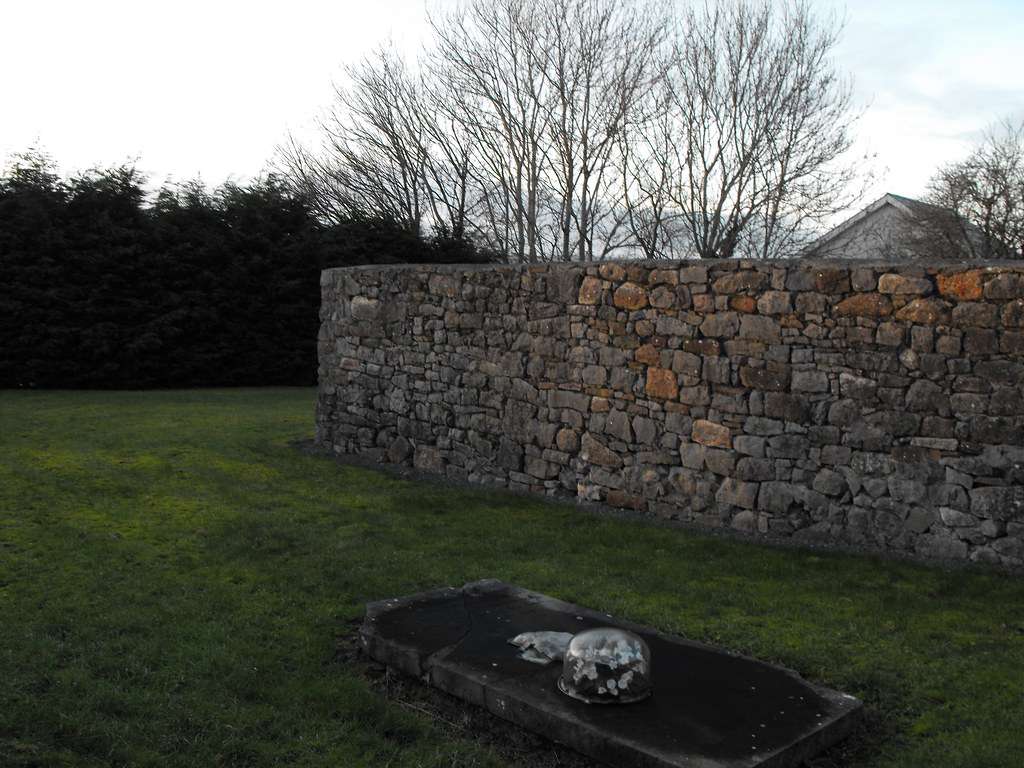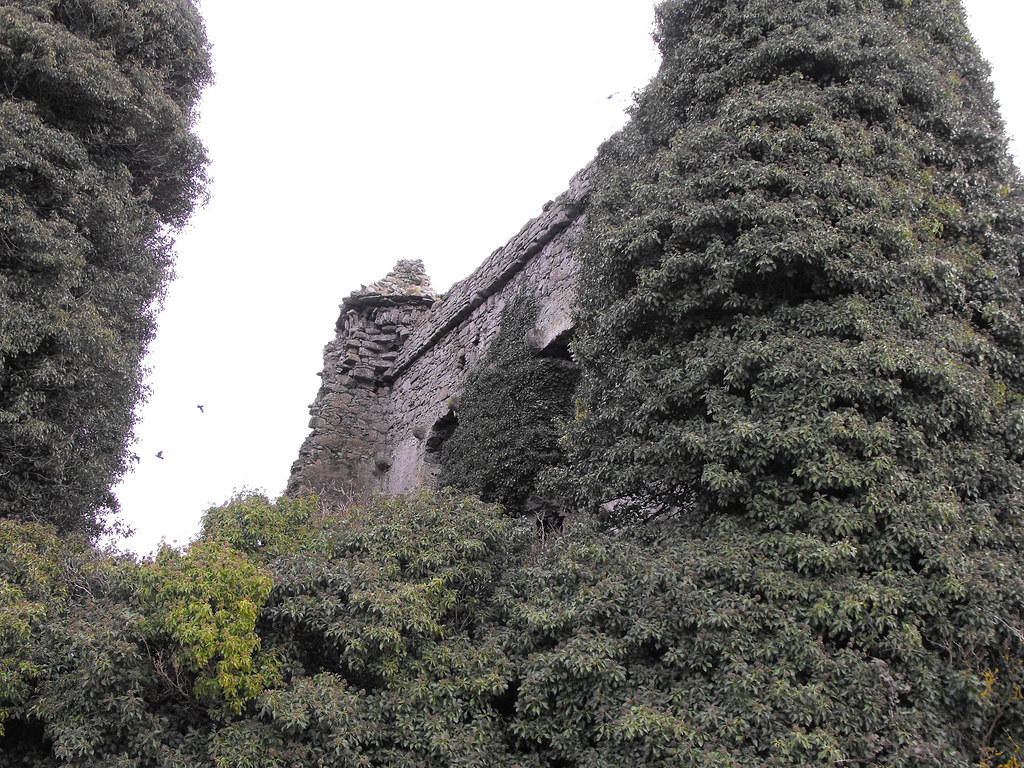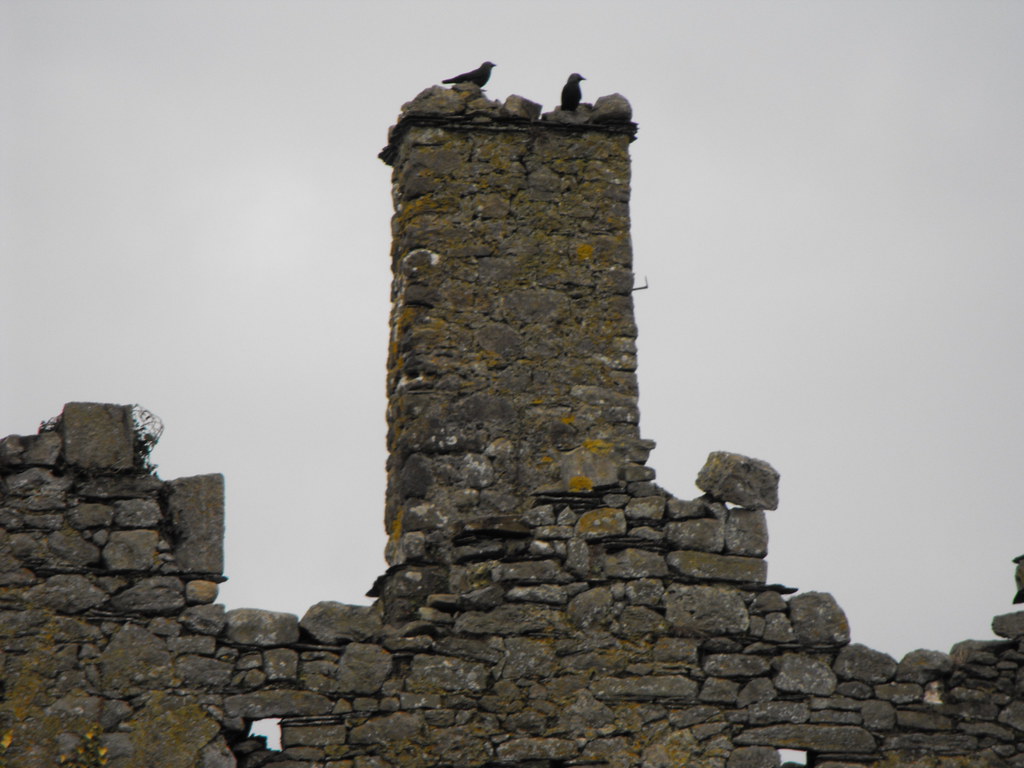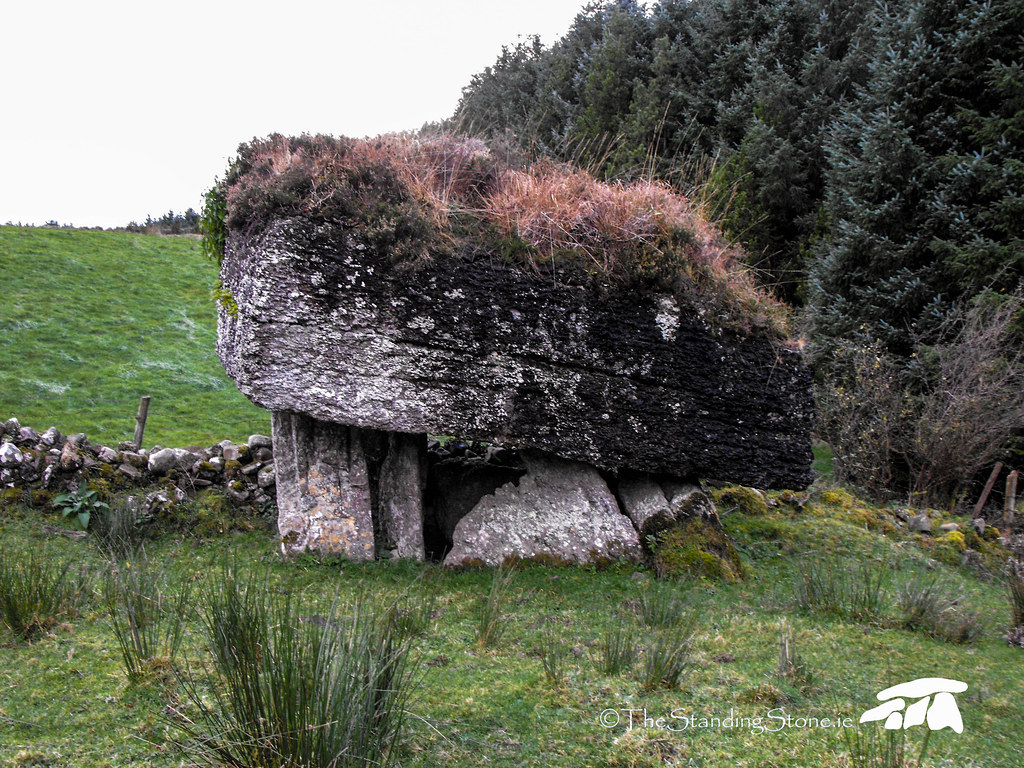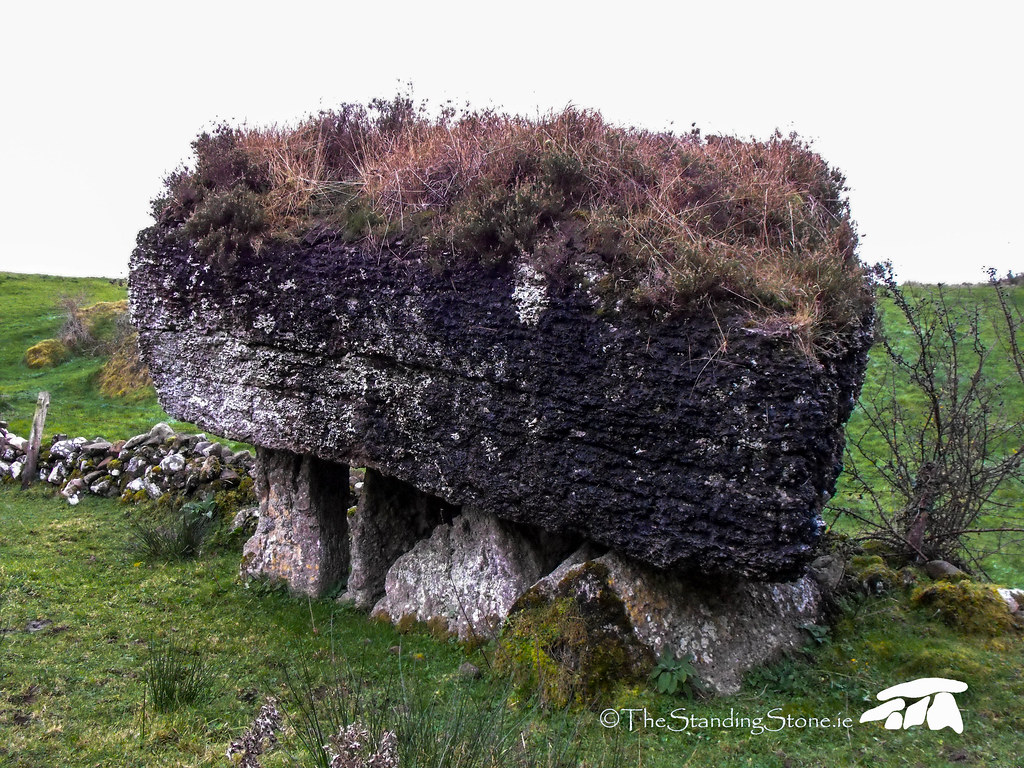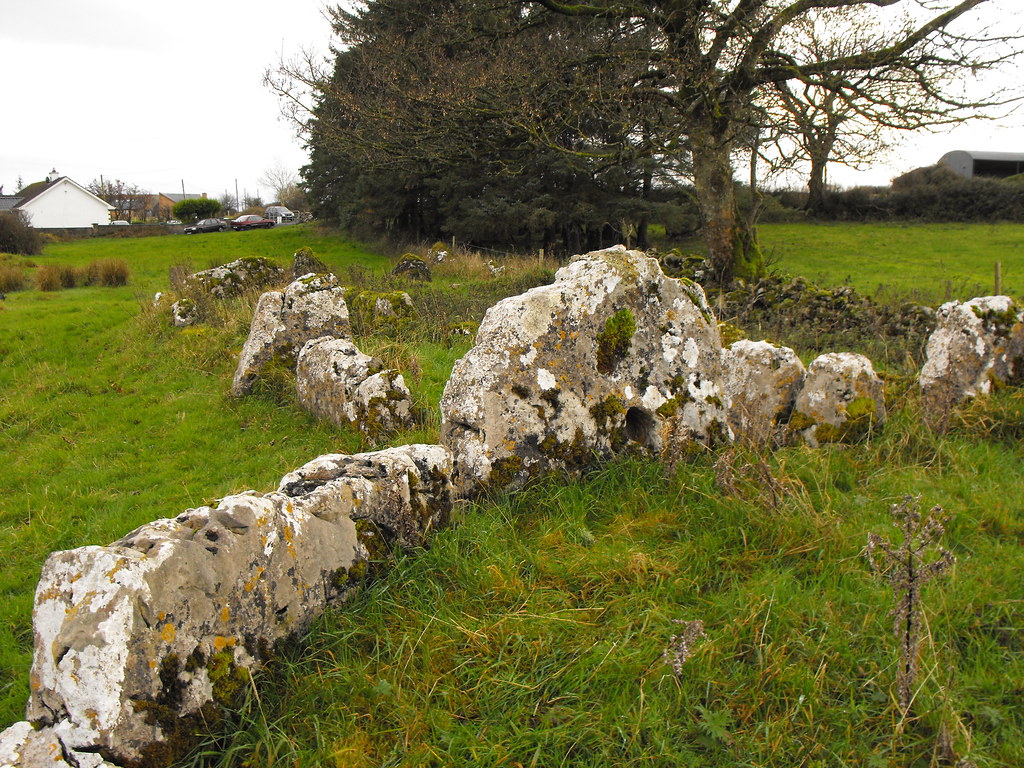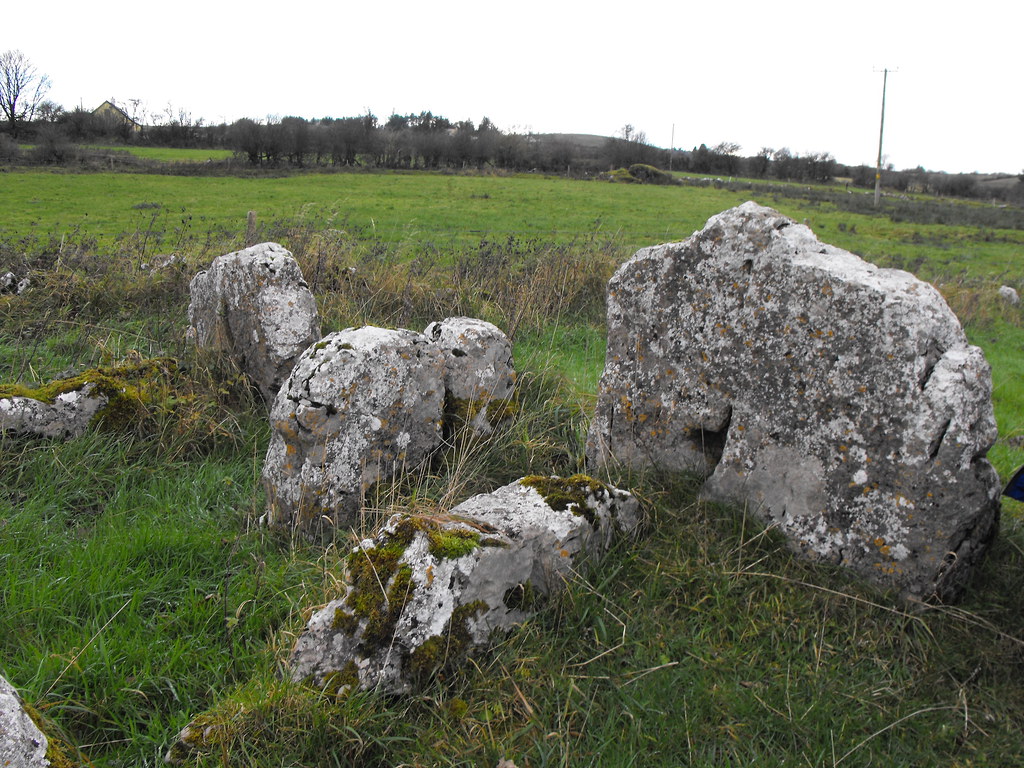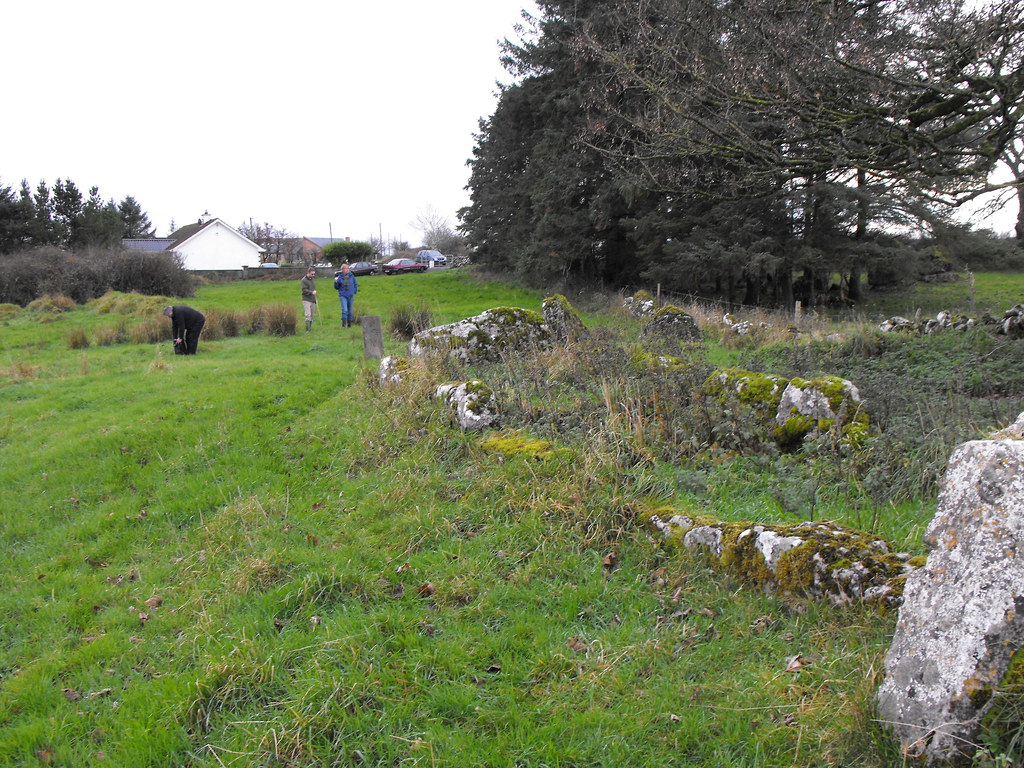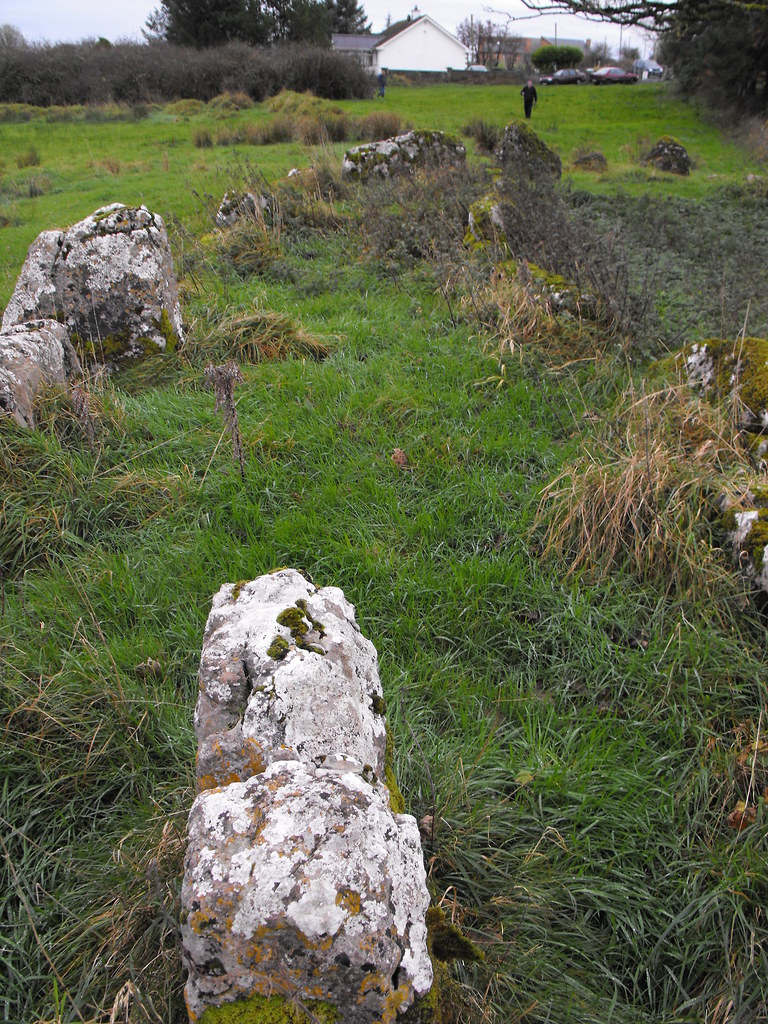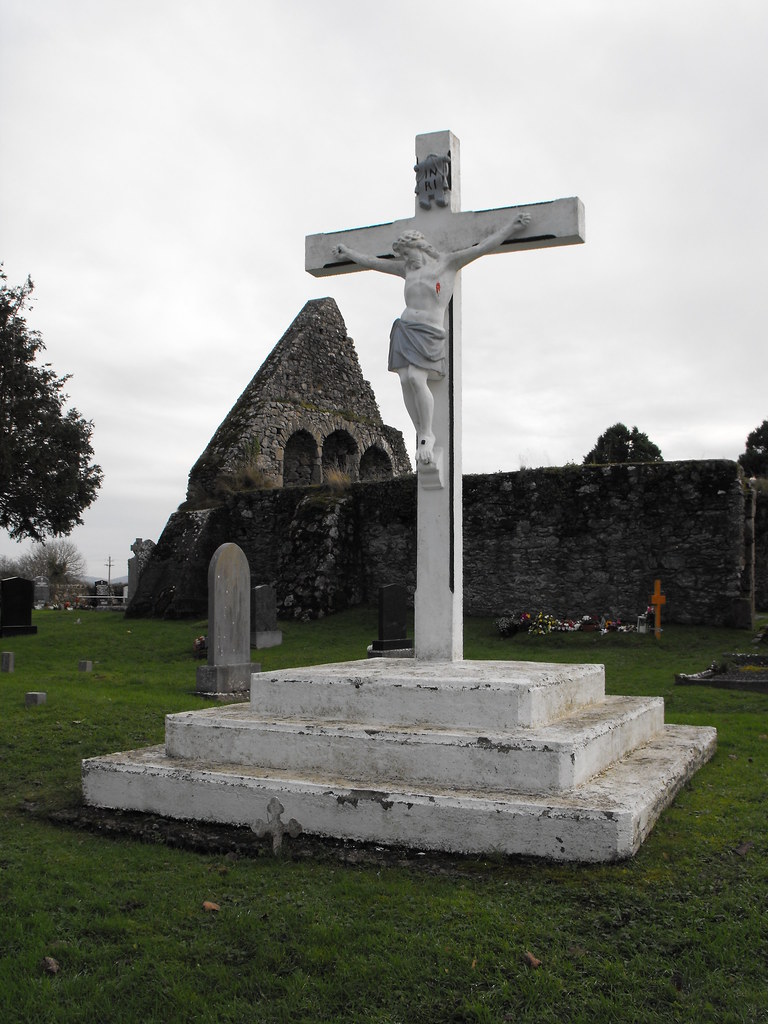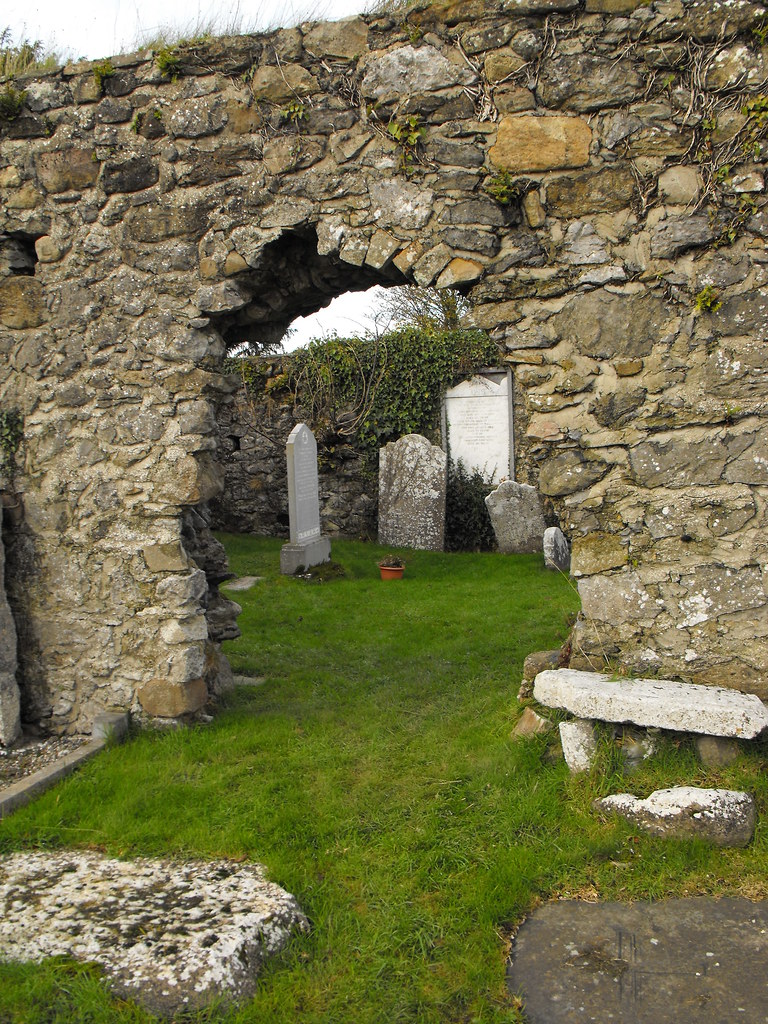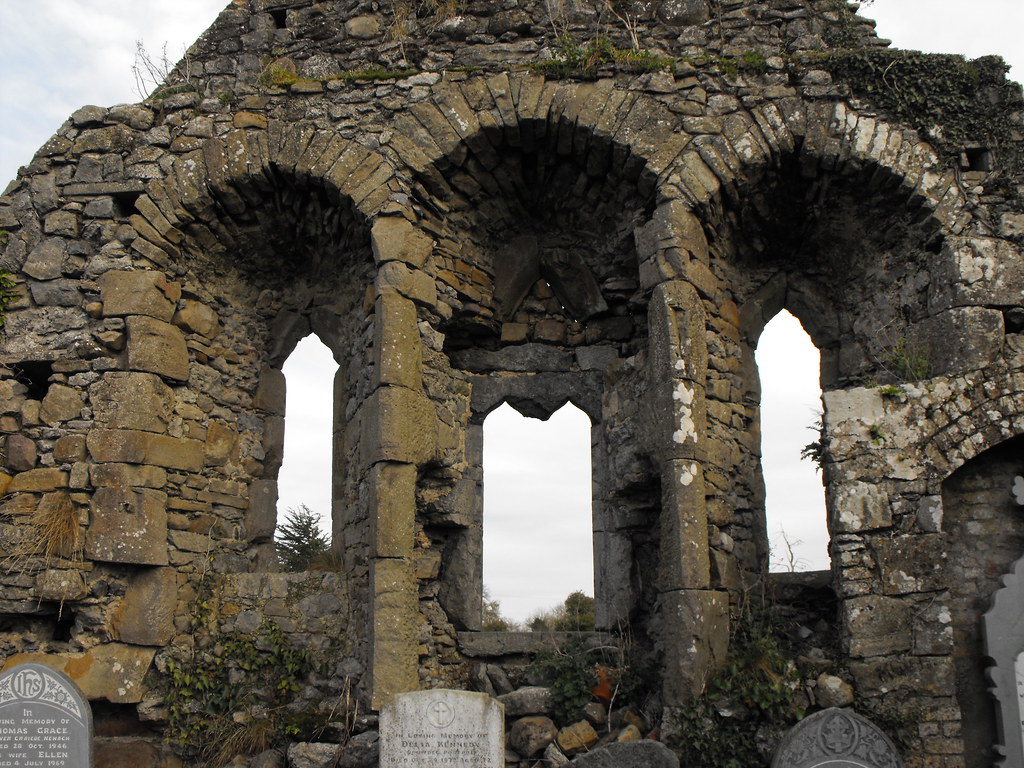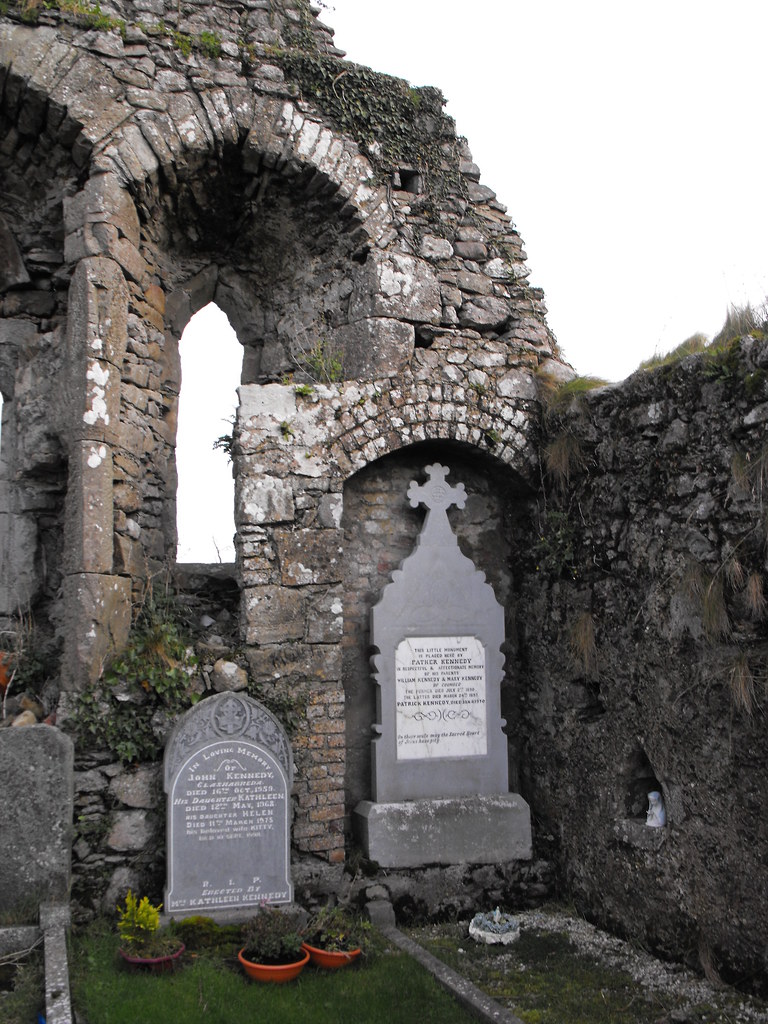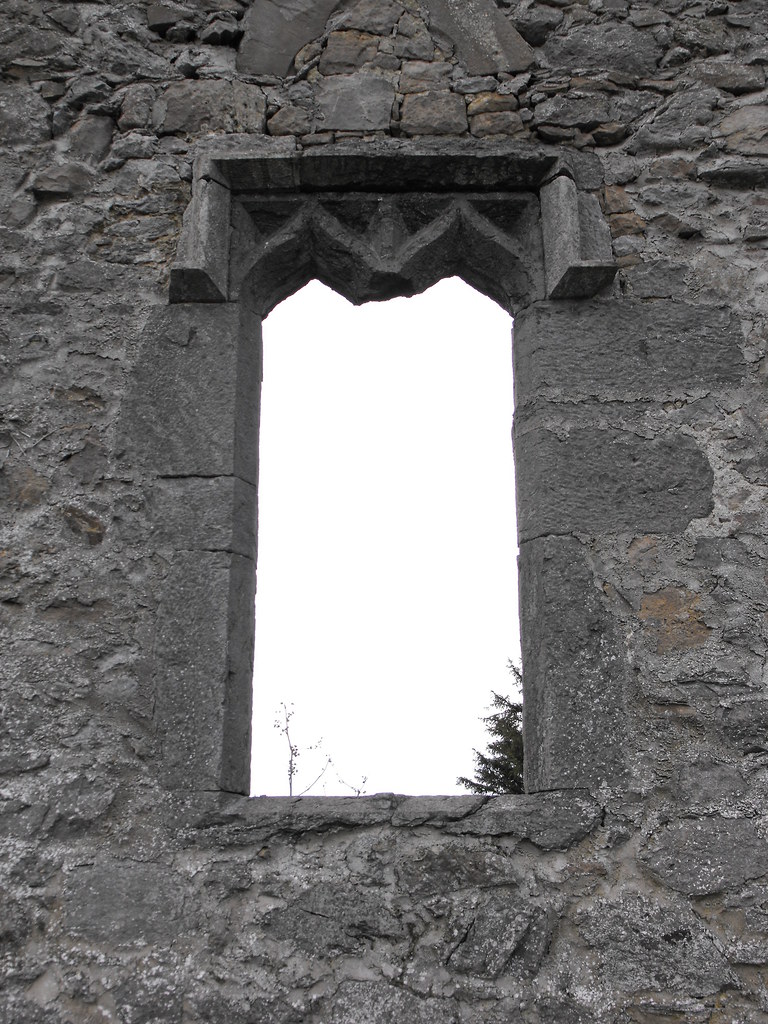Location – On the N9 between Leighlinbridge and Bagenalstown.
OS: S 687 633 (map 61)
Longitude: 6° 58' 59.72" W
Latitude: 52° 42' 59.45" N
Description and History – There is very little to say about this ruin because all that remains are some much altered walls that stand to about a quarter of their original height. The work that has been done has made this place devoid of any character. The main concern in this work seems to have been tidiness as opposed to any historical or architectural concern. The remains consist of a nave and chancel measuring 14m x 6.5m. The W wall is now completely missing. The wall between the nave and chancel still remains and the original entrance is missing. No remains of any doorways survive. The E wall is now home to a large shrine.
Difficulty – Easy to find with limited parking. This is a very busy road so be careful.
For more ecclesiastical sites, click here.
For more sites in Co. Carlow, click here.
OS: S 687 633 (map 61)
Longitude: 6° 58' 59.72" W
Latitude: 52° 42' 59.45" N
Description and History – There is very little to say about this ruin because all that remains are some much altered walls that stand to about a quarter of their original height. The work that has been done has made this place devoid of any character. The main concern in this work seems to have been tidiness as opposed to any historical or architectural concern. The remains consist of a nave and chancel measuring 14m x 6.5m. The W wall is now completely missing. The wall between the nave and chancel still remains and the original entrance is missing. No remains of any doorways survive. The E wall is now home to a large shrine.
Difficulty – Easy to find with limited parking. This is a very busy road so be careful.
For more ecclesiastical sites, click here.
For more sites in Co. Carlow, click here.

